I would like to introduce you to my new favourite bread.

It’s a recipe that I have been testing and refining for a while until I unleashed it on you.
I am happy with my no-knead bread, that I still make regularly, but a really crusty loaf is not suitable for everything.
Plus you have to start to make it the day before you need it, and my time machine is currently out of action.

What this loaf gives you is a light, even textured, superbly flavoured bread with a ‘not too crusty’ crust that’s good for toast or sandwiches and lasts for several days.
The dough also makes excellent pizza, doughballs and breadsticks and you can refrigerate half the dough to use next day.
It couldn’t do more if it tried really.
This bread dough is basically what you would find on the back of the bread flour or yeast packet, but with a few extras added to the water.
The polenta adds texture, moisture and flavour, the butter and egg give richness and a soft crumb.
Well, I think that’s what they do anyway.

If you fancy proving me wrong here are my instructions:
Ingredients
- 500g White Flour (I usually use half bread flour/half plain flour)
- 300ml Boiling and some Cold Water (plus an extra splash of water or oil)
- 50g Butter
- 50g Polenta (quick cook ideally)
- 1.5tsp salt
- 1 egg yolk
- 1 x 7g sachet of easybake yeast (or just any old 7g)
I find this sticky dough is easier and better made in the Kenwood with a dough hook rather than by hand.
- Pour 300ml of boiling water into a measuring jug
- Add the 50g (2Tbsp) quick cook polenta, stir well as the grains soften*
- Add the 50g butter and 1.5tsp salt
- Allow that to dissolve then stir and top up the jug to the 400ml level with cold water, if needed
- Stir in the egg yolk (do this last so it doesn’t cook!)
- Put 500g of flour (250g Plain/250g Bread) into your food mixer
- Pour in a 7g of dry yeast and mix through well
- Test that your jug of gloopy, golden liquid is just lukewarm, then pour most of it into the flour and yeast and let the mixer knead the dough
*I used to cook all this up on the stove top but now realise that a jug of hot water works just as well. {Updated May 2020}
If after a couple of minutes it’s not come together into a doughy ball you can add more of the liquid or some olive oil. All flours are different so sometimes you need to be ‘flexible’ with quantities. Don’t be afraid of a wet dough, it will make the bread rise better and it will firm up as it proves.
Allow the dough to mix for a good 6-8 minutes. I then put a plate or cling film on top of the mixer bowl to keep it warm and moist and let it rise for as long as it needs. Sometimes in a warm kitchen an hour is enough, but at the moment, in the bleak midwinter, it’s taking up to 2-3 hours to fully prove. I have just discovered that I can put the Kenwood mixer bowl in the bottom of the recently emptied, warm dishwasher and it makes the dough rise beautifully. I also often sit it by the radiator as I know that it will be a good light loaf if the dough rises up to the top of the mixer bowl and touches the plate.
Knock it back down and then do with it what you will.

1 Large Loaf
You can make a large loaf out of all of the dough. Shape it or put it in a 2lb bread tin and allow to rise for half an hour. Brush with egg or milk and bake at 200 degrees C for 20 minutes then turn it down to 180 degrees for an extra 15-20 minutes until it sounds hollow when tapped on the bottom.
Medium Loaf plus nibbles
I often cut one third of the dough off to turn into bread twists, sticks or dough balls for ‘happy hour’. Then I turn the other 2/3rds into either a tin loaf or something more freestyle (like the one in the top photo) that I brush with egg or milk. I always let the shaped dough rise for another half hour or so before I bake it. Bake at 200 for 20 minutes then I turn down to 180 degrees for an extra 10-15 minutes until it sounds hollow when tapped on the bottom.
Bread sticks and dough balls take 8-10 minutes in a hot oven and are good for after school snacks or with a glass of something cheeky. To make twisty bread sticks roll out cigar sized pieces of bread, then cut them down the middle leaving 1 cm still attached at the top, rest your knife across the uncut portion to weigh it down, then pull and twist the two halves together. Brush with egg or milk and sprinkle with sesame seeds or more polenta.
1 Small Loaf and 1 Pizza
Another great way to use the dough is to take half of the mix and make a 1lb loaf, it works well in a loaf tin if you like that sort of thing. Cook at 200ºC for 20 minutes and then another 10 or so knocked out of the tin until hollow sounding and browned). Put the other half in a Tupperware in the fridge and use it next day to make a baking sheet sized pizza base. Take it out of the fridge half an hour before you need it then roll it out as flat as you can. Sprinkle dry polenta liberally on the baking tray for extra crunch. It really does make a fabulous authentic tasting pizza and I like the fact that you get 2 nights of great bread products with only one bit of effort. Cook your topped pizza for 20 minutes at 200.



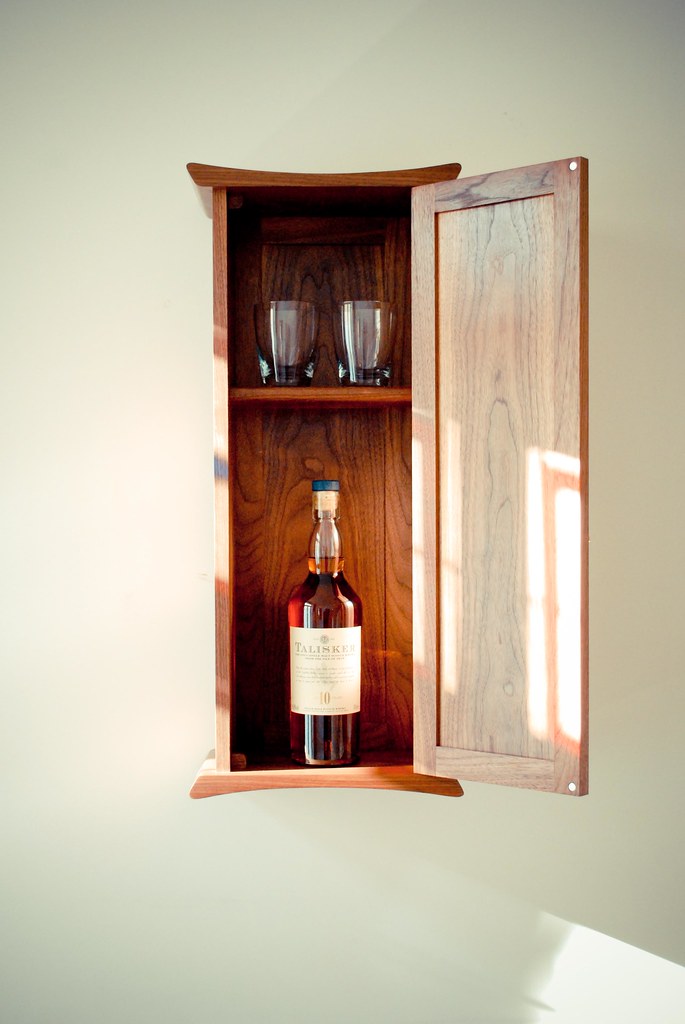
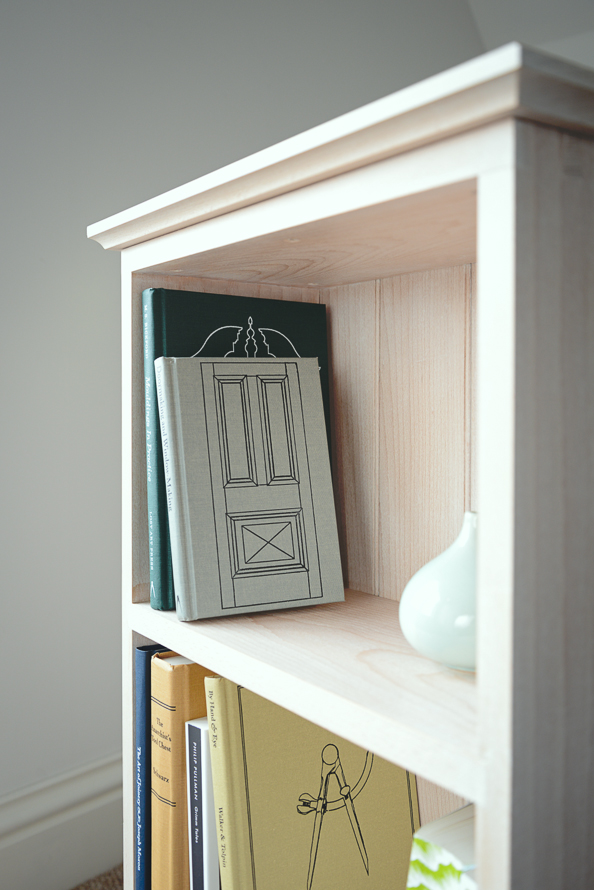

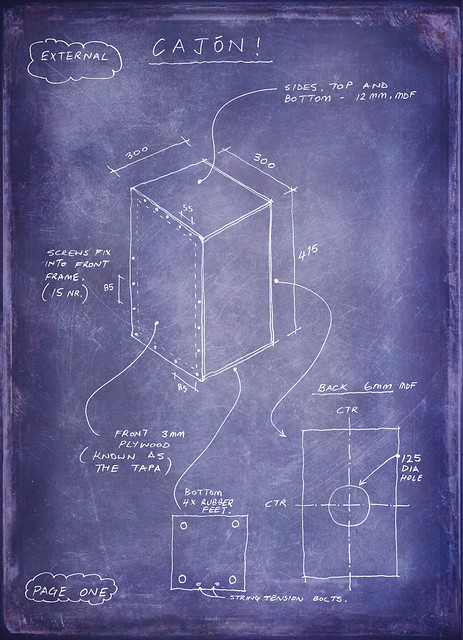


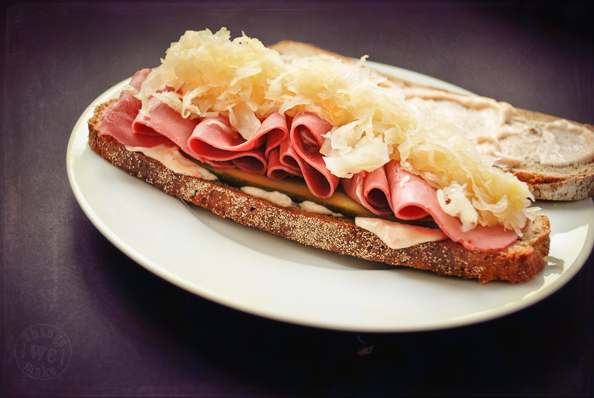
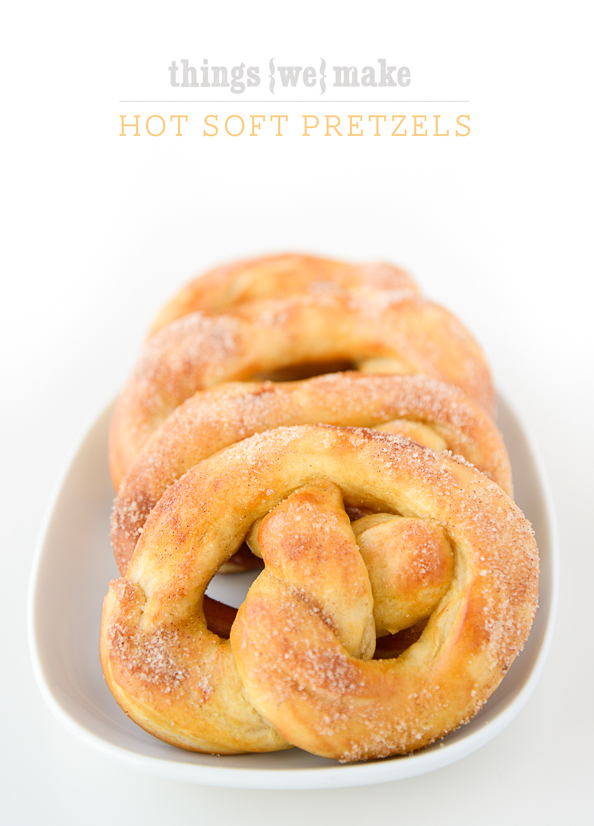




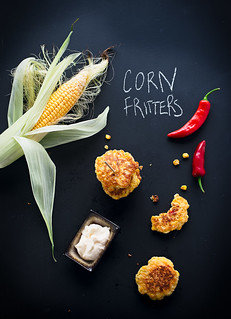






Rachael
March 7, 2011
Looks absolutely yummy. I’ve never baked with polenta before, but certainly will now!
Amelia from Z Tasty Life
March 9, 2011
sounds lovely, a tad crunchy, maybe with a slightly nutty undertone? might make a great mushroom, provolone and caramelized onion panino…
sara
March 9, 2011
This looks amazing…definitely need to try it! I’ve gotten out of the habit of making homemade bread lately, and this seems like the perfect loaf to get back into it! 🙂
louisabellissima
March 11, 2011
This looks so yummy. 🙂
aforkfulofspaghetti
March 16, 2011
Oooh, I’m always interested in bread recipes, esp those that are a bit different. This looks GOOD! Fine or coarse polenta?
Ritual Feasts
March 17, 2011
Nice post, will have to try it out.
Cinabar
March 20, 2011
Wow – going to give this a go – looks fab. The bread sticks are such a lovely idea for party food.
Peggy Zaff
February 20, 2012
beautiful compliment to the veggie chili I am making…